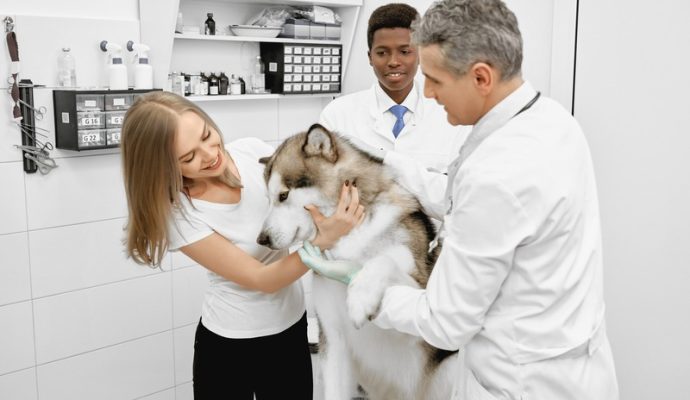When considering having their dog undergo surgery, pet owners may experience anxiety and panic. You’ll be able to make better decisions for your pet’s health and well-being if you understand why certain surgeries are required and the processes involved. The most prevalent types of dog procedures are elective and emergency. In terms of needs, both have some similarities. Elective operations are necessary from a medical standpoint to ensure your pet’s health and quality of life. They have been scheduled because there is no medical emergency.
Common Surgical Procedures for Dogs
Your dog’s surgical needs are categorized into two categories: elective procedures and those that are urgently required. Learn about dog surgeries, including elective and emergency procedures.
Common Elective Surgeries for Dogs
Elective procedures may also be scheduled based on the requests of pet owners. If there is no demonstrated benefit to your pet’s health, the operation or surgery is classified as an “elective.” It is preferable to avoid it because it may expose the animal to unnecessary risk during the operation and subsequent recovery. The three most common elective operations for pets are as follows:
1. Spay or neuter surgery
Spay and neuter surgeries are essential to prevent reproduction. Spaying is a surgical operation that involves cutting into the abdomen beneath the belly button. The ovaries and uterus will be removed there by the surgeon. In rare circumstances, simply the uterus is removed. Neutering involves making a cut on the side of the scrotum and surgically removing both testicles. Your dog can resume routine activities after 12-14 days of relaxation and leash walking.
2. Dental extractions
Dental procedures are another option to explore. Treatments are usually deemed elective if a patient is not in pain or suffering from an infection. A healthy mouth is essential for living a happy and healthy life. Dogs and cats with healthy teeth can expect to live another 2-4 years.
When teeth are severely cracked, loose, damaged, or worn, they are surgically removed. Dogs are normally provided softened food for a few days after surgery. Oral incisions usually heal fully after 10-12 days. See here for more information.
3. Benign skin growths
These techniques remove only a tiny amount of skin tissue or none at all. If no skin is removed, topical treatments could be used. In addition to the time required to recover from anesthesia, rest is rarely needed. Sutures are applied after the skin is removed. Depending on where they live, dogs may not require movement limitations. The recovery time for any animal surgery is typically 10-14 days.
Common Emergency Dog Surgeries
Emergency and urgent procedures are critical for your pet’s health and can save their life. In contrast to elective surgery, emergency surgery does not necessitate substantial planning, you can contact them after hours. When your pet is in good condition and comfortable, their discomfort is under control, and their blood tests confirm that they are fit for surgery, the veterinarian will perform surgery.
Your pet will be given medicine before the operation to help them relax and reduce discomfort. After completing the final pre-op procedures, the veterinary personnel will begin the surgery.
1. Orthopedic surgeries
A veterinarian or a specialist might perform orthopedic operations for your pet. Depending on the degree, kind, and location of the fracture, various surgical equipment can be used.
2. Skin abscesses, lacerations, or wounds
The region is rigorously cleaned in these cases, and any damaged tissue is removed. In circumstances where surgery with or without a drain is feasible, it is considered (the drain is used to prevent fluid accumulation beneath the skin).
3. Open abdominal exploratory surgeries
An open abdominal exploratory surgery is performed when a foreign body has obstructed the gastrointestinal tract. Foreign objects can be found in the stomach, small intestines, and large intestines, as well as in other sites throughout the digestive tract. Need a vet urgently? Check this out.
4. Bladder stone removal
The stones and crystals in the bladder and urethra are removed during this treatment. A urinary catheter must be placed to prevent stones from entering the urethra and urethra.
Final Thoughts
As you can see, there are a variety of reasons why a pet may require surgery, which is relatively common. The specialists know what to do; therefore, consulting a trained veterinarian or surgeon is critical. Don’t be scared to discuss any concerns you may have with your veterinarian. Your pet will be grateful. Any inquiries you may have will be answered by trustworthy professionals.




